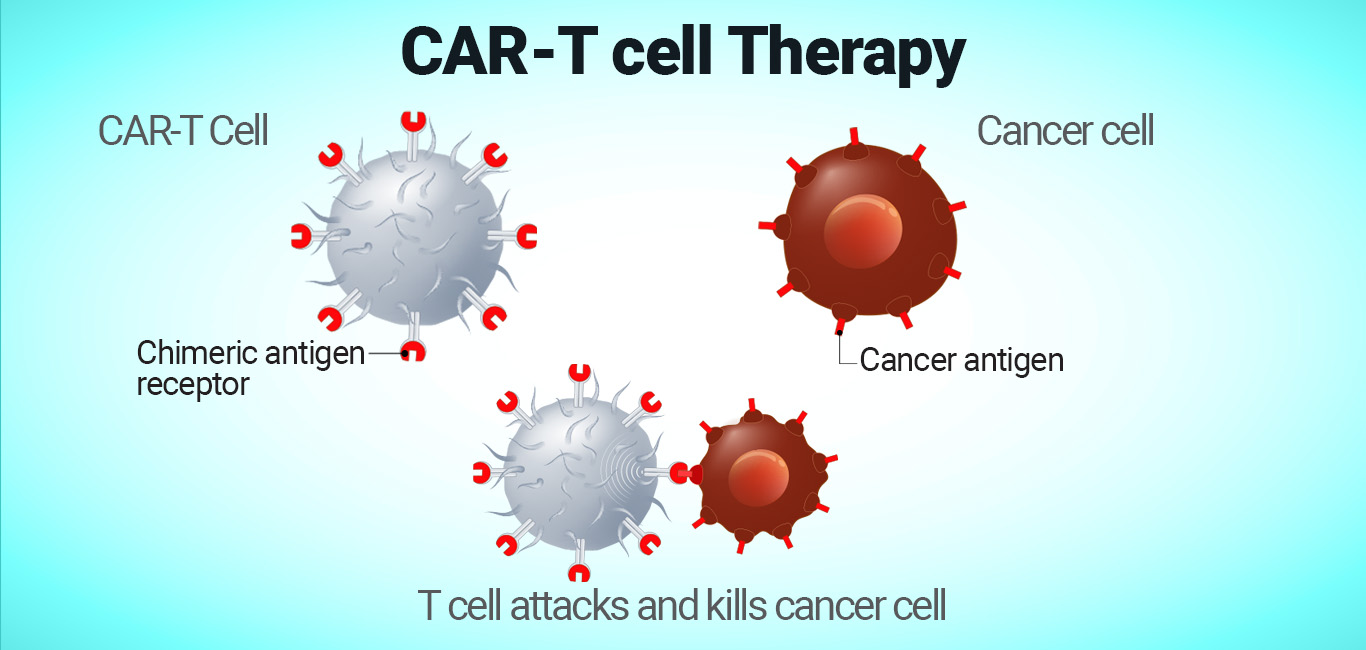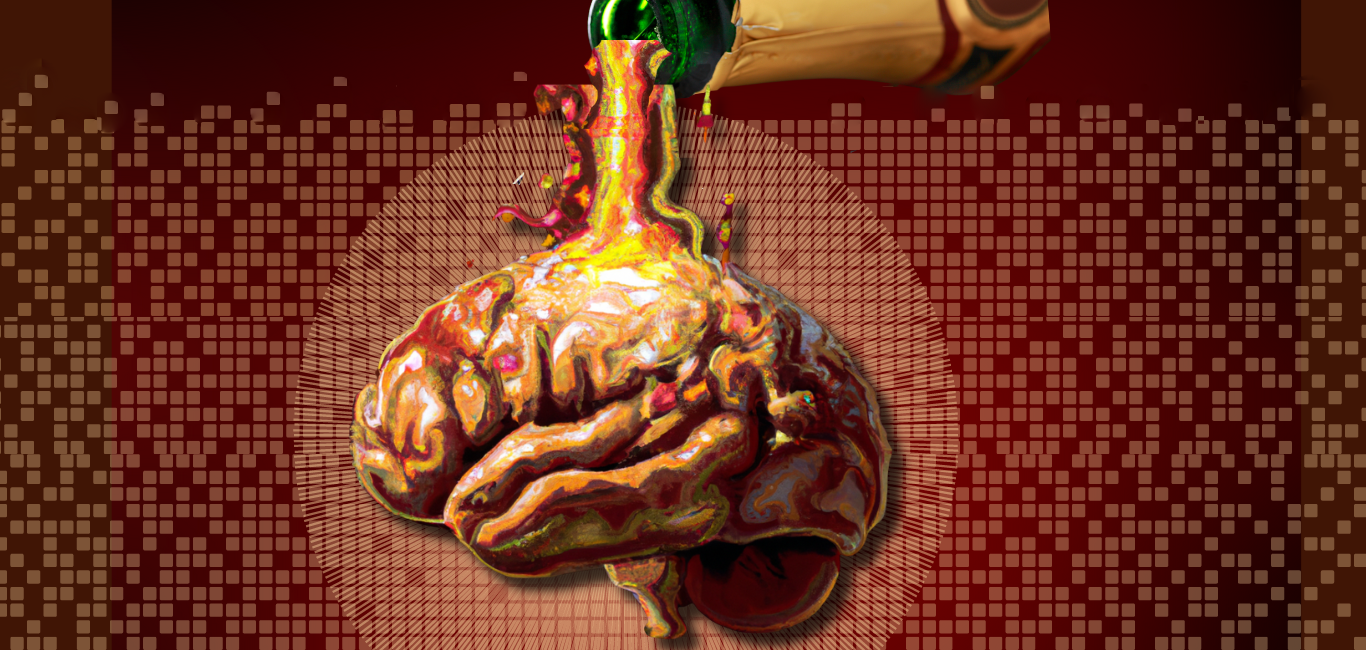
The biggest challenge in treating brain cancers, especially in children, is to get the drugs across a tight fortress — the blood-brain barrier.
This issue bothered Dr Praveen Raju, paediatric neurologist at Mount Sinai Kravis Children’s Hospital, USA, for a long time. He had been working on brain tumours in children for around 14 years. Then, at a conference one day, the seeds of a solution sprouted in his mind as he heard a talk on how nanoparticles could be used to target and deliver drugs to cancer cells.
Read more: New technique could unlock secrets of blood-brain barrier
The talk was by a trainee working with Dr Daniel A Heller, head of the Cancer Nanomedicine Laboratory at Memorial Sloan Kettering Cancer Center, New York. Dr Heller had been working on nanoparticles to carry anti-cancer drugs to specifically target solid tumours. However, he could not make the super microscopic particles pass through the blood-brain barrier.
Dr Raju and Dr Heller were impressed with each other’s work and decided to pit their work together. Thus began a collaboration and six years later, resulted in a possible solution for a type of paediatric brain cancer – medulloblastoma.
Radiotherapy does it
Their study, published in Nature Materials, shows how they used radiotherapy to push the nanoparticles across the blood-brain barrier and target medulloblastomas in mice brains. Their novel technique reduces the quantity of drug required and the radiation levels needed to treat solid tumours.
“With this kind of approach, we think we can open up the possibility of using combinations of drugs in a safer way,” Dr Raju tells Happiest Health.
Searching for nano-solutions
Medulloblastoma is a type of cancerous tumour that grows near the cerebellum. This part at the back of the brain plays a crucial role in the body’s movement and coordination. Tumours that may grow there are aggressive and difficult to treat. Even children in remission (or halt or end of cancer growth) experience severe long-term health issues, primarily due to the adverse side effects of radiation and chemotherapy.
Read more: Researchers use CRISPR to detect cancer biomarkers
In the current study, the scientists used nanoparticles to deliver a known anti-cancer drug. They coated the nanoparticles with sugars which attach explicitly to a molecule — P-selectin — that shows up in the blood vessels surrounding the brain tumour. “The sugar, fucoidan, has an affinity to P-selectin, which is only expressed at the site of the tumour blood vessels,” explains Dr Raju. P-selectin is a sticky molecule produced by platelets and the inner lining of blood vessels.
Breaching the cell cover
But they were still unable to figure out how to make these nanoparticles cross the blood-brain barrier. And they found the answer in a mechanism that cells employ to transport certain particles or protector cells into blood vessels.
“Cells have this mechanism of transcytosis, especially in blood vessels, that is a way to get things into and out of them,” says Dr Heller. Transcytosis is a process where cells squeeze through other cells’ coverings to enter and exit the blood vessel. And it is aided by P-selectin.
This process is a crucial mechanism that the immune system applies for healing wounds and tackling inflammation. “Turns out brain tumours have P-selectin too,” Dr Raju adds.
The nanoparticles are ferried across the blood-brain barrier through transcytosis thanks to their affinity towards P-selectin on the tumours.
First, they exposed the mice with medulloblastoma to mild radiation, which enhanced the production of P-selectin at the tumour site. Then they injected the nanoparticles into the mice’s bodies.
The mice lived for 42 days with this combination treatment compared to two days without treatment. “We were also able to get the tumours to shrink, and the mice went from barely walking, to running around the cage,” Dr Raju adds.
Making it safe
“We’re excited that this [nano]particle not only goes to the tumour, but it also shows a way to get a significant amount of the drug to the brain tumour itself without affecting the healthy brain tissue,” says Dr Heller.
From a medical perspective, Dr Raju says, “In paediatric brain tumours, the biggest problem is that we must give high doses of drugs. In children, these doses cause side effects because their bodies are developing, and the toxicity can hamper their growth.”
However, from the results of their study, he is optimistic that this new method can help reduce the side effects. Also, he is hopeful it could improve safety in treatments of other types of cancer.

















